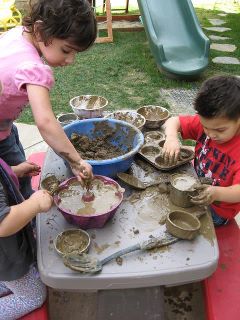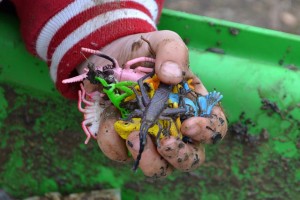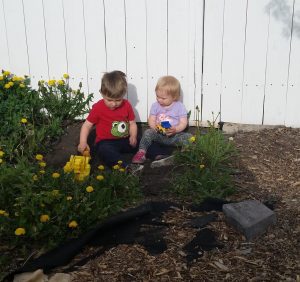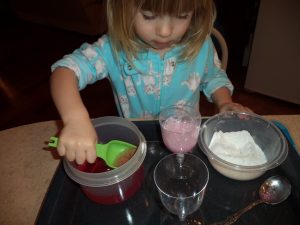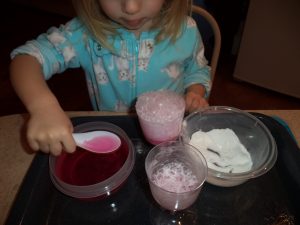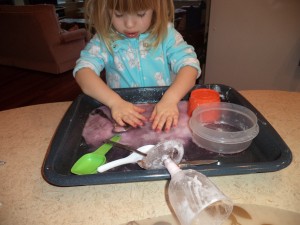One paint brush and a few colors can engage kids in fun and learning over and over again, so it’s worth it to set up some messy painting activities. Some communities have art centers with studios where kids can go and paint up a storm.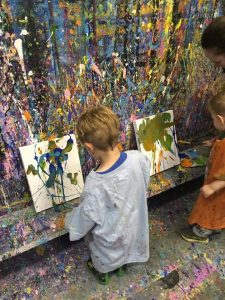 In the history of the world, art has a special place, and that includes paintings. As adults, we visit museums with masterpieces worth thousands and even millions of dollars. Works of art can affect our emotions deeply. In a way, they are time machines, allowing us to not only see, but feel the past.
In the history of the world, art has a special place, and that includes paintings. As adults, we visit museums with masterpieces worth thousands and even millions of dollars. Works of art can affect our emotions deeply. In a way, they are time machines, allowing us to not only see, but feel the past.

For children, painting touches many levels. Physically, it gives kids the opportunity to practice their coordination and motor skills. It’s also highly sensory. Mentally, children are developing the skill of visualizing, or seeing images in their mind. There are other thinking skills too, like choosing, patterning, organizing, concentration, problem-solving and more. Emotionally, kids are exploring another way to express themselves besides words and behaviors.
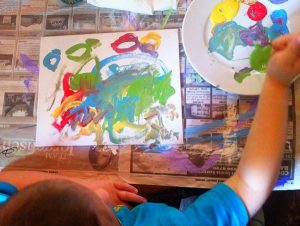
It would be wonderful to have a home studio where we didn’t have to worry about kids, messes, and paint but there are solutions. Old sheets, newspapers, and plastic pieces can protect floors and tables. Spreading a tarp out in the yard gives lots of space to paint. Messy painting activities only need 3 ingredients: colors, some kind of tool, and a surface to put the paint on. Here are some tips from previous posts:
Ideas for paint materials: (in addition to regular paints)
liquid paints, paint dabbers, paint crayons and sticks, food coloring, colored shaving foam, jello, puddings, water, mud, powdered chalk and water, candies like smarties,/skittles/m & m’s soaked in water, koolaid powder
Various paint surfaces: (besides paper and parts of the body)
driveways, sidewalks, plain side of cereal boxes, old sheets, leftover wood scraps, aluminum foil, rocks, ice cubes, newspaper, fences–painted with plain water, coffee filters
Different tools for painting: (as well as brushes of all sorts)
q-tips, hands, feet, spray bottles, sponges, marbles, string, bubble wrap, straws–for blowing paint around, plastic spoons and forks, potatoes and other fruits and veggies, stampers, old toothbrushes, paint rollers, pastry brushes, leaves, branches, toy dinosaurs and cars
Alternatives to set-up: (other than easels)
floors, counter tops, tables, big trays, empty bathtubs, big boxes,
Tips for preparation and clean-up: (sanity savers)
wear play clothes or just essentials, cover the floor or other surface with newspaper, spread a tarp on the deck or patio, undress kids and set up paints and paper in the bathtub all ready to be rinsed when done, keep a hose handy outside, have camera ready for unbelievable moments
Maybe if we think of art play as creating art work, we’d include more messy painting activities for kids?

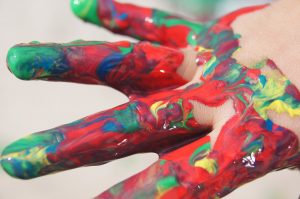
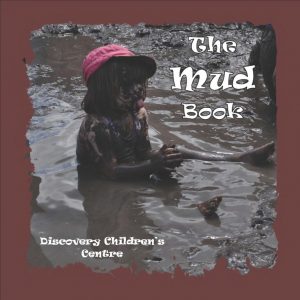
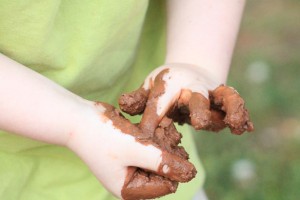 Mud play is active, not only for hands but whole bodies. Jumping over puddles is almost as much fun as jumping in them.
Mud play is active, not only for hands but whole bodies. Jumping over puddles is almost as much fun as jumping in them.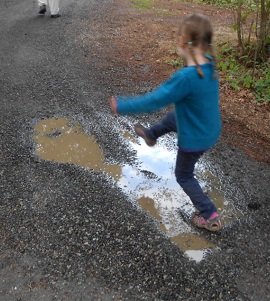
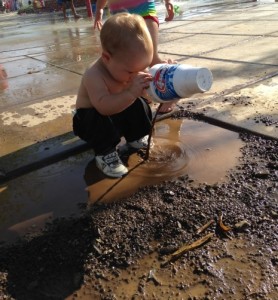 Mud also encourages creating. With spoons, shovels, and old pots and pans, kids can make mud pies and cakes. Or, they may build roads, mountains, towns, and magic potions. A pile of mud decorated with twigs, rocks, and pinecones might be a mud monster. Mud in a pot mixed with nature ingredients might be fairy soup.
Mud also encourages creating. With spoons, shovels, and old pots and pans, kids can make mud pies and cakes. Or, they may build roads, mountains, towns, and magic potions. A pile of mud decorated with twigs, rocks, and pinecones might be a mud monster. Mud in a pot mixed with nature ingredients might be fairy soup.